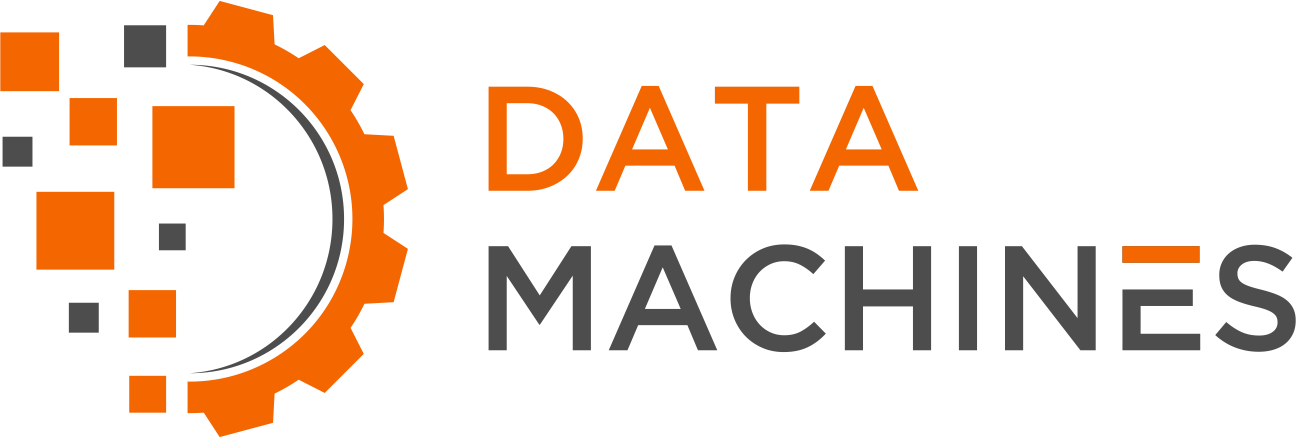Personal Perspectives: Representing Minorities within the Tech Industry
BY KERRY JONESFor years, the tech industry has talked about increasing minority representation in the workplace. In fact, over 10 years ago, industry giants like Google and Facebook made commitments to hire more minorities, but have since seen only slight increases. A notable example of this is the minimal increase in minority percentages at Facebook within the past six years – the company originally recorded African Americans as 3% of their workforce, and has since noted only a .8% increase. While there are several issues that could be considered for the slow growth of minorities in science, technology, engineering, and math (STEM) fields, two in particular stand out: a lack of heterogeneous recruitment and limited access to technology.
Tech companies have a tendency to favor schools best known for their area of expertise. In the field of computers and programming, such schools may include UC Berkeley or Cornell. Unfortunately, pooling from the same schools also means pooling the same demographic of candidates over and over again. If we can’t reach out to other universities and institutes, employers will miss out on so many diverse and powerfully skilled candidates. DMC wants to prioritize working directly with community colleges, historically black colleges and universities (HBCUs), and minority-focused tech organizations like the National Society of Black Engineers (NSBE) to widen the pool of potential candidates for internships and employment opportunities.
Limited access to technology prevents progress as well. Nearly 40% of Black and 37% of Latino students switch out of STEM majors before earning a degree. Research suggests many of the students likely come from low-income families where they don’t have access to academic resources to traditionally pave a path into tech. Because of this, students often lack a sense of belonging in STEM classes. Not only that, but laptops are not cheap by any means, and they only become more and more unobtainable with educational advancement. In grade schools nowadays, especially during COVID, administration has been considerate enough to provide their students with laptops to keep up with the curriculum. But, once a student graduates high school, not only must they return their technology, but they must rely on purchasing their own supplies, a difficult and expensive task for low-income families. To assist with this, DMC will commit to providing early-development mentorship and provisional resource allocation in order to empower underrepresented communities.
At this point, you may be asking what makes DMC’s goals different from those of other programs and organizations. There are several programs that work to involve a wide demographic of individuals in tech training, including, but not limited to, Let’s Go, which relies on sponsors to provide STEM education to low-income families; Black Girls CODE (BGC), which teaches coding and programming to girls from diverse and underrepresented communities; and Engineering for Kids, which uses camps and extracurricular activities to provide children with STEM opportunities and practice. And the scope of these programs pushing for diversity and technological training does not necessarily cease after grade school. Organizations like Women in CyberSecurity (WiCyS), the International Order of Black Security Executives (IOBSE), and Facebook’s own CodeFWD and TechPrep programs all work to increase diversity in the workforce. What makes DMC’s approach unique is not that we plan to act apart from these organizations, but that we plan to work with them to provide the most optimal educational experience for underrepresented candidates. We will rely on organizations such as NSBE to discover untapped talent and skill, and work with a wide variety of existing university programs and professors to pool a more diverse selection of interns and potential team members. We also plan to undertake the role of technology allocation by partnering with schools and organizations to develop initiatives to provide laptops to underrepresented communities and low-income students. And finally, working with STEM organizations, whether they be targeted for the younger or college-age audience, DMC plans to pool and mentor potentials through internships, hackathons, and work showcases.
There are certainly challenges to this plan, as there are with all newly implemented policies. Time would have to be allocated to make connections and create bonds with the organizations we hope to work with, and DMC will have to come to an agreement on funding. But, with the prospect of new ways of thinking and innovation that comes from diversity in the workplace, overcoming these challenges will be worth every effort and amount of time spent.
Of course there is no way to tell how long it will take to create a significant improvement in tech representation, but by exposing a new way of thinking and teaching outside of a standard classroom setting, DMC hopes to set an example that will eventually lead to a more diverse and innovative workforce.
